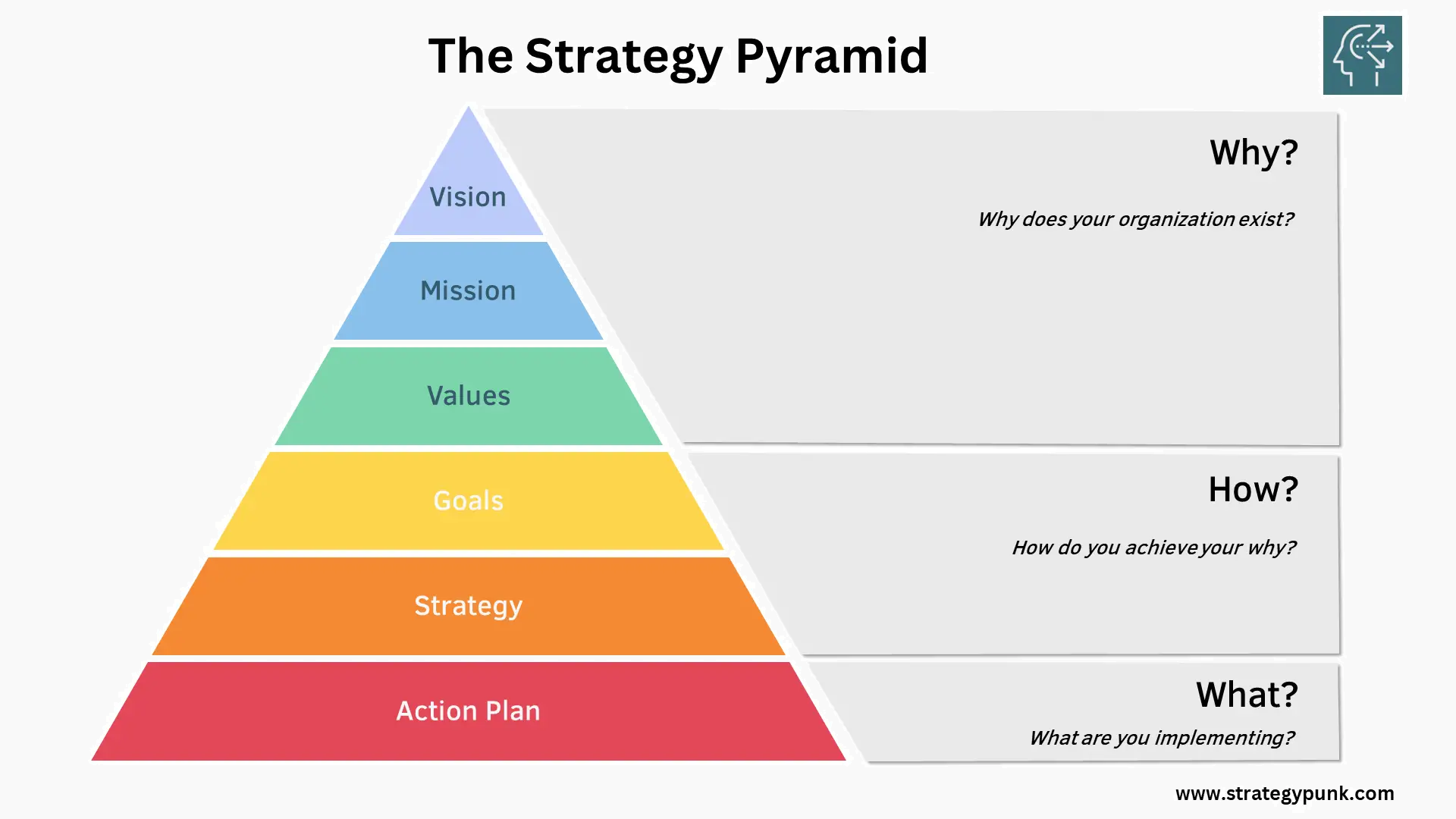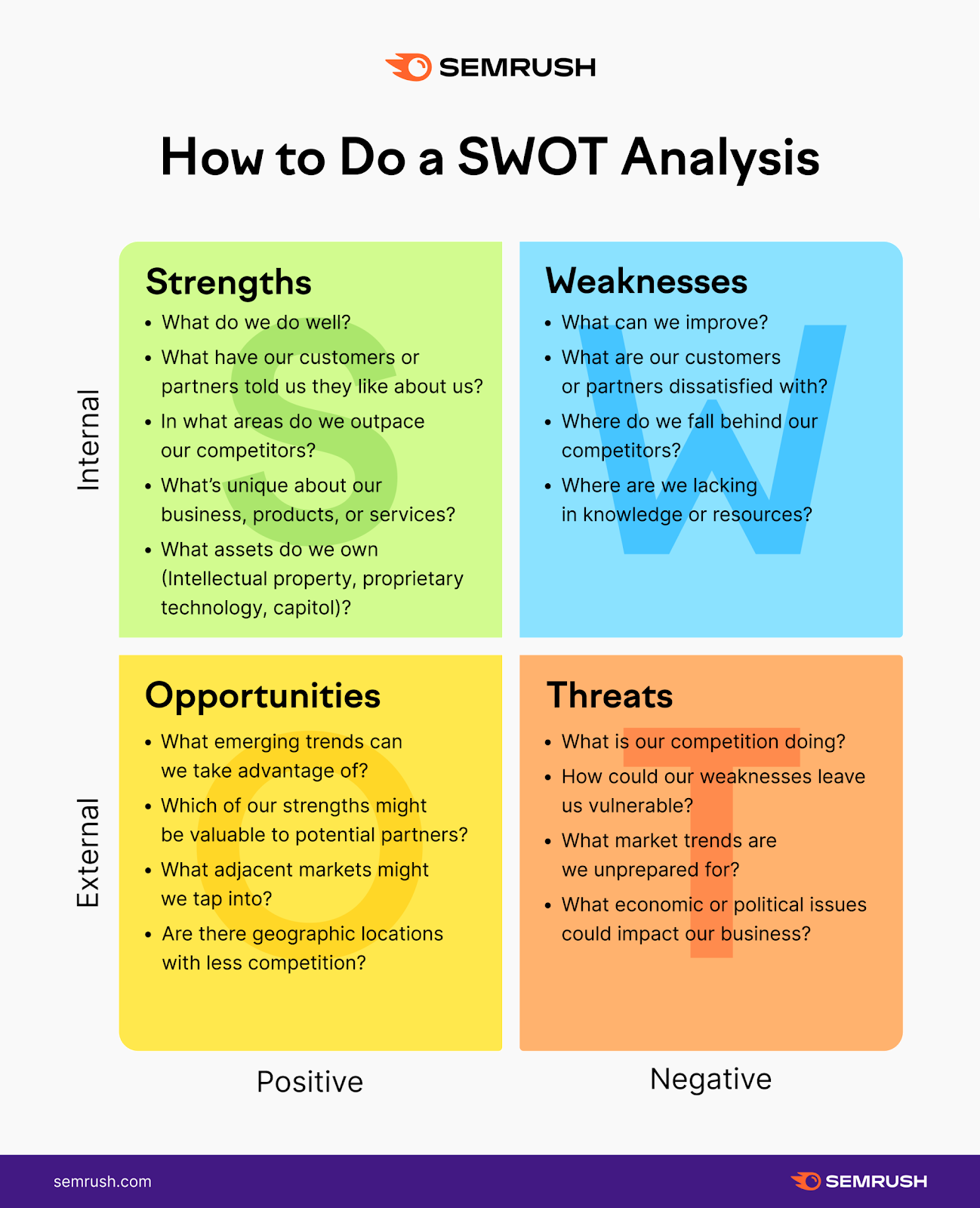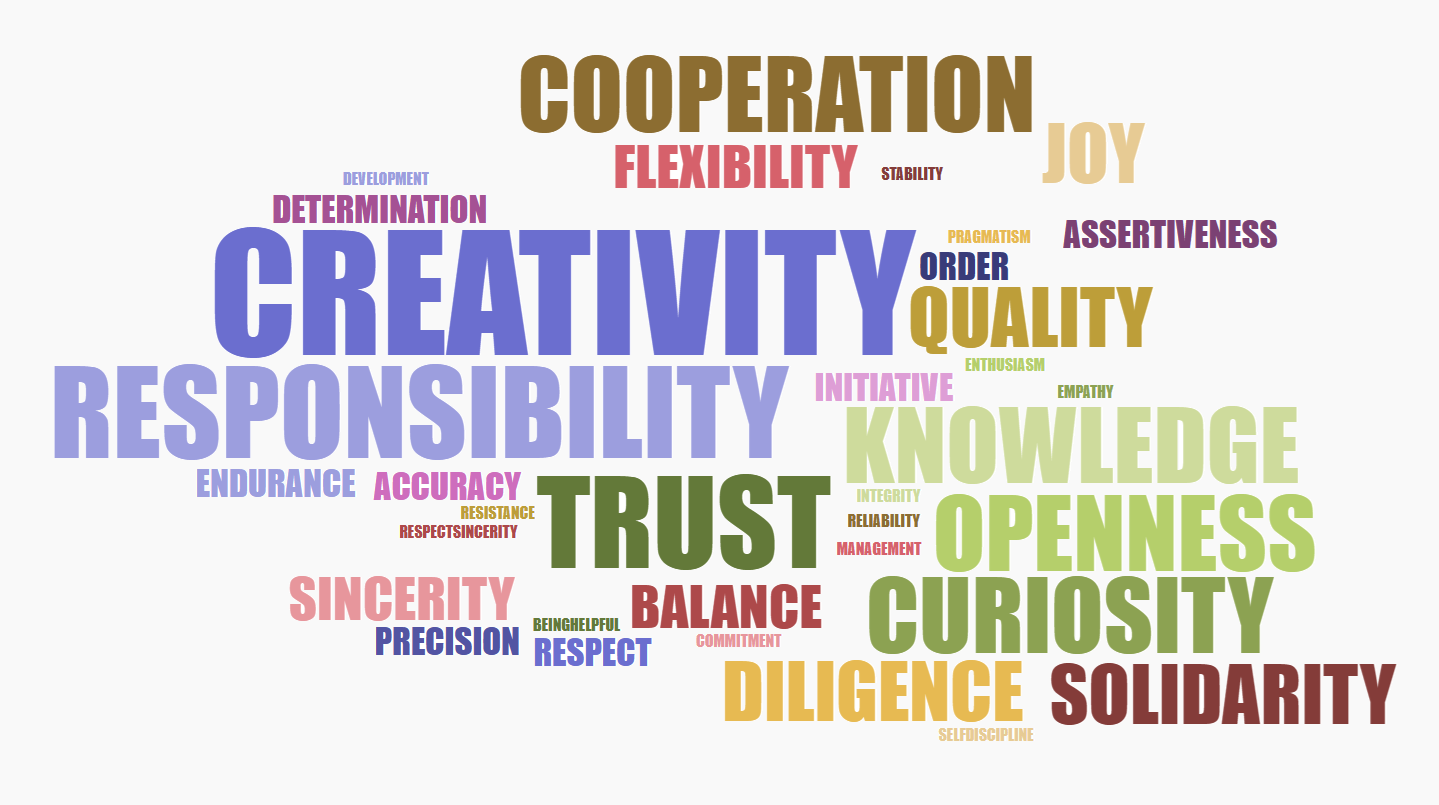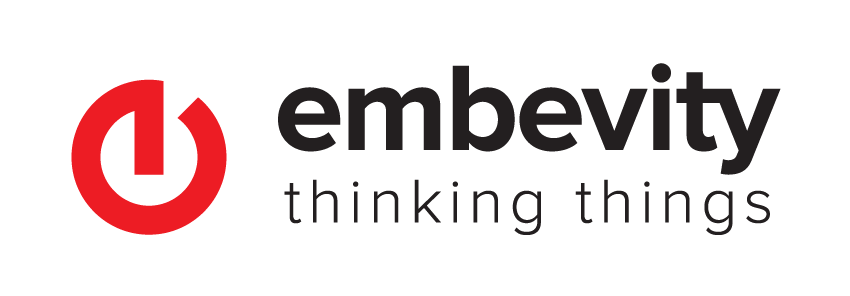Why do we need vision and mission? How to define them? What is the end result for Embevity?
![]() #mission, #vision, #values, #management, #embeddedsystems, #passion
#mission, #vision, #values, #management, #embeddedsystems, #passion
At some point of my business life and Embevity’s life I had a feeling that a clearer direction for the company is needed. My main source of that need was to have more clarity during the decision making process. There also have been few others, some very obvious:
- Where are we going?
- What is the purpose of that hustle?
- What are the things that are connecting us as a team of shareholders, managers and team members.
It felt that defining our mission, vision and core values will help make various decisions during the life of Embevity. It will constitute a set of directions for each group like sales, marketing, HR, production, project management, testing etc. It will help answering questions like: How do we beat our competition? What kind of clients do we want to serve and which not? Which values are the most important for the client and for a team member? How much chaos can we tolerate and how much order shall we introduce by creating processes and procedures. In the end the process of defining the mission and vision should help us define our strategy.
What are mission, vision, strategy and values and how are they connected?
Having visited many websites with blogs and courses I came to these simple sentences that answer the above question:
Vision is what you want to accomplish.
Mission is a general statement of how you will achieve your vision (Values included).
Strategies are a series of ways of using the mission to achieve the vision.
Goals are statements of what needs to be accomplished to implement the strategy.
And to make it even more clear there are the so called strategy pyramids that picture how are these elements connected with each other. Here is one of them:

We started with our “Why?” the next step will be defining specific goals and strategies to reach our vision.
Team members’ FAQs and typical fears
9 shareholders have taken part in the first stage of the process of defining all elements of the strategy pyramid. So most of Embevity team members knew very little about the process. Before the presentation of the results of the work of the 9 shareholders, I took the opportunity of interviewing everybody before the final presentation. I asked questions like, what do they think of the fact that mission and vision is defined and what do they expect to hear during that presentation. These are some of the concerns they brought out:
- How will this influence my work?
- Why are we doing this? Is something wrong?
- I am sceptical about this process. I hope it will not be a platitude.
- I fear we will not do anything with it.
- I think it is something that directors work on and has little influence on everybody else, not to mention situations where nobody cares about the mission and vision.
- I will have my Jira tasks no matter what the vision is, so I do not care.
- What will be the specific actions that the company will take?
There has been a lot of fear and scepticism and just a bit of hope. The statistics say that about 90% of companies either do it wrong or stop after defining mission and vision and go through their daily grind. Well, we fear the same, but we do not give up that easily. Perseverance is one of the values we share.
Working on the Vision – a common goal and SWOT as a helping tool
We have gone twice through a workshop of defining our vision – what we want our company to be and what we do not want it to be. During the second workshop we have helped ourselves with SWOT analysis and have described where we are now.

That made the definition of where we want to be much easier. We have put down a lot of information, which would then serve as a ground on which we would build our vision statement. SWOT statements will also help us define specific strategies and goals, as it defines what we want to achieve, change, strengthen or react to looking at the trends and threats.
The Values
As teamwork is crucial during R&D, we have used an initial set of 50 values that are defined (Management 3.0) to be important for groups of people working together trying to achieve a defined goal. During one of the workshops in which 9 shareholders have taken part we decided to choose 5 to 7 values. Everybody made their own list, and then explained why they think that specific value is so important for them.
The above approach was quite risky for two reasons:
- What if there will be not enough overlap in the values that we all choose?
- Missing clients’ perspective might lead to a big failure.
The first point was to be tested during the workshop and we took the approach of “let’s see where it will take us”. We have been warned about the second point, which is missing the client’s perspective. However, our experience and approach up to date, tells us, that we do not have such a problem in Embevity. Our clients’ needs are at the very top. We sell dedicated solutions to our clients problems. This is what we are paid for. We were confident it will be portrayed in our values once we select them out of the group.
The cloud below represents our values that we share as a team of people passionate about R&D of embedded systems. We were relieved to see that the overlap in the values we share is big enough to make us connected. Creativity was mentioned most often and it is clear that it is also important for our clients. Creativity makes our work interesting, exciting and yet very valuable for our clients.

We want to build trust by our responsible and diligent approach to cooperation and development. We also felt that cherishing these values will deliver great solutions for our clients. In the end we made a step back and put the most important things that the clients are looking for when selecting an outsourcing partner. We called a set of these topics/values the “clients perspective” and we worked to make them part of the vision and mission.
The Vision
So, after several workshops with one being done outside of our company, to release ourselves from our daily grind, we came up with the following vision, polished linguistically by one of the most famous neural networks:
“To be the first-choice partner in electronic-based systems development, recognized for our comprehensive service encompassing the design of advanced solutions with a multidisciplinary approach. We prioritize solidity, employing technologies and algorithms that secure a competitive edge for our clients.”
Explanation:
We would like to be considered as a first choice partner by a group of clients that want to create an innovative embedded device that gives them a competitive edge on their market. We have a wide range of services, but we know it can be broader (mechanical, cloud, apps etc) We want to stick to our multidisciplinary approach to solving problems as that gives us a much broader view on all issues. For example, we do not want to narrow ourselves down to IoT only. In the end, a broader perspective generates better ideas. We certainly can and would like to continue working on solutions, which are graded as more challenging. We want our results to be solid, not cheap. Our main weapons are technologies and algorithms. We are good at both and want to be even better.
The Mission
So how we would like to reach our vision? Which values will be the best in supporting our road to reach the vision. We have constructed the following mission statement:
“Guided by our deep passion for embedded systems, we are dedicated to delivering cutting-edge R&D services, skilfully shaping customized solutions rooted in creativity, initiative, and thorough involvement. Our emphasis on quality, reliability and efficient communication guarantees clients a smooth journey from idea to market triumph.”
Explanation:
Passion for technology and specifically embedded system is our driver. Doing top notch research and development in a creative way with an emphasis on quality and diligence will lead us to our vision and make our clients’ business life easier.
What’s next?
The mission statement pretty much describes what we are already doing. Our Vision is something that we would like to reach within 3 years.
We have communicated these statements to the rest of the team. We are also waiting for their feedback. We have given practical examples on what is expected from everybody when doing their daily work. That was much requested by the team.
We will continue with defining specific strategies, goals and actions. We will monitor how we are moving forward using OKRs and KPIs that support our progress towards the vision.
And most of all, we will revise if that target and trajectory still make sense every 6 months.



